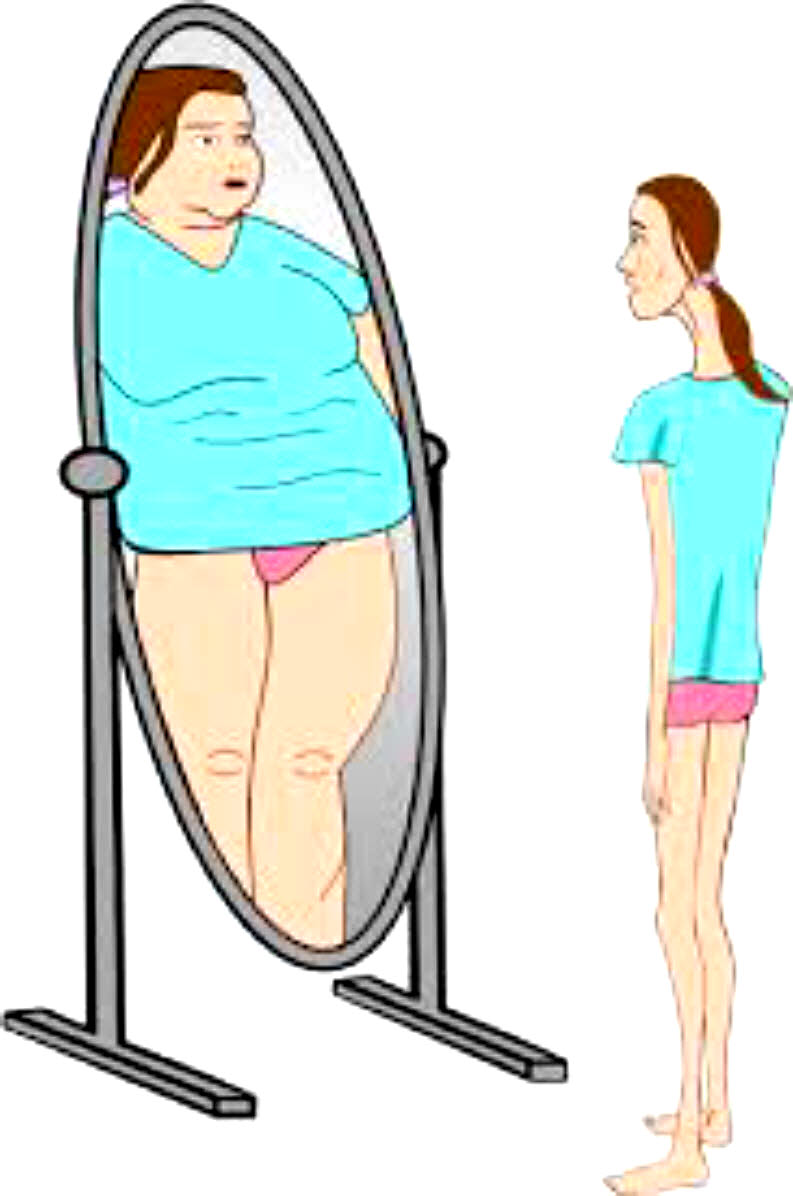
Every year, on average, around 20 people age 60 and over in Stark County die by #suicide, officials say.
Winter can be deadly for older folks trapped in isolation, whether by difficulty or choice.
Loneliness combined with medical problems, #depression or aches and pains can make the thought of leaving the house difficult.
“There is a lot of isolation, especially when the weather gets bad and they aren’t able to get out as frequently to engage with their social support systems. It really increases the isolation, which is one of the biggest factors for #suicide risk,” said Susan Stroup, chief officer of social services for Coleman Professional Services’ Eldercare Navigator program.
The program connects older residents and their families with the needed support to overcome daily struggles.
Nearly two dozen Stark County #seniors end their own lives every year. Stark County Coroner’s Office records show 21 people age 60 and older died last year by #suicide. Eighteen cases were recorded in 2018.
The Stark County #Suicide Prevention Coalition’s #Suicide Report 2018 shows that, regardless of age, Stark County has had a higher rate of #suicide per 100,000 people than the national average every year since 2009.
Last year, 73 people (of all ages) died as the result of self-inflicted injuries, according to the Stark County Coroner’s Office. The number might be even higher, as the statistics do not account for those who are whisked to out-of-county hospitals for life-saving efforts and later die. (The number also is affected by out-of-county residents brought to Stark County for medical treatment.)
#JamesDonaldson notes:
Welcome to the “next chapter” of my life… being a voice and an advocate for #mentalhealthawarenessandsuicideprevention, especially pertaining to our younger generation of students and student-athletes.
Getting men to speak up and reach out for help and assistance is one of my passions. Us men need to not suffer in silence or drown our sorrows in alcohol, hang out at bars and strip joints, or get involved with drug use.
Having gone through a recent bout of #depression and #suicidalthoughts myself, I realize now, that I can make a huge difference in the lives of so many by sharing my story, and by sharing various resources I come across as I work in this space. #http://bit.ly/JamesMentalHealthArticle
How to Help
The #U.S.CentersforDiseaseControlandPrevention provides warning signs and suggestions on its website, in general, for people dealing with #suicide. https://www.cdc.gov/vitalsigns/suicide/index.html
Warning signs:
? Feeling like a burden
? Isolation
? Looking to access lethal means
? Expressing hopelessness
Ways to help:
1. Ask whether #suicide is a consideration.
2. Keep them safe. Reduce the access to lethal means.
3. Be there. Listen to needs.
4. Help them connect with ongoing support.
5. Follow up and check in.
6. Find resources at https://starkmhar.org/
Local agencies that provide services to #seniors agree winter can be difficult for older residents and places them at higher risk for #suicide.
According to the 2018 county #suicide report, the majority of #suicides — regardless of age — happened in January.
Rising rates nationwide
According to the #U.S.CentersforDiseaseControl, incidents of #suicide in general are rising, despite age. Between 1999 and 2016, #suicide, in general, increased 31% to 37% in Ohio and surrounding states, and as much as 58% in the upper Midwest.
“Our trends are typical with the U.S. trends in terms of demographics,” according to Elena M. Aslanides-Kandis, #Suicide & Community Response Coordinator for Stark County #MentalHealth and Addiction Recovery.
Aslanides-Kandis said that among #seniors, more #men die by #suicide than #women.
Stroup said that #suicide risk for #seniors is high because “as you get older, isolation increases, there is retirement and job loss, family structure changes, there could be recent bereavement of a spouse or a family member… The social structure and support as you get older sort of decreases. You combine all of that with health problems, loss of mobility, chronic pain issues, not being able to get out and maybe go to church, which has always been a very big support and social place for older adults to go.”
Asking for help
Stroup said seniors are less likely to seek help for issues they are enduring.
“When you’re looking at like age 60 to 100, you’re looking at some generations that have significant #stigma around #mentalhealth and seeking #mentalhealthtreatment. We know that older adults don’t typically come into community agencies or seek #mentalhealthtreatment as younger generations do.
?(Some seniors) really have a loss of hope for what their life holds and come to believe it looks bleak. Encouraging them to see past that and to talk someone, to get help, is very important.”
Aslanides-Kandis pointed out that talking about #suicide does not increase the incidence of it, but rather decreases it.
The reason people take their own lives is not always obvious either, she said.
“It’s not that black and white,” she said. “It’s the hopelessness. Feeling there’s no hope in their life. (#Suicide victims) have this perception that things would be better if they weren’t here.”
The key, she said, is for people to “realize that there are solutions.”
The risks for an older population are higher when dealing with the loss of a spouse, a medical diagnosis, retirement or financial issues that result in the loss of financial security and “the fact there are things that are out of their control,” she said.
Aslanides-Kandis suggests recognizing warning signs, talking to someone considering #suicide and asking whether he or she sometimes feels like harming themselves and securing firearms or other things that could be used for self-harm.
“Putting time and distance between the suicidal thoughts and their access to lethal means saves lives,” she said.



